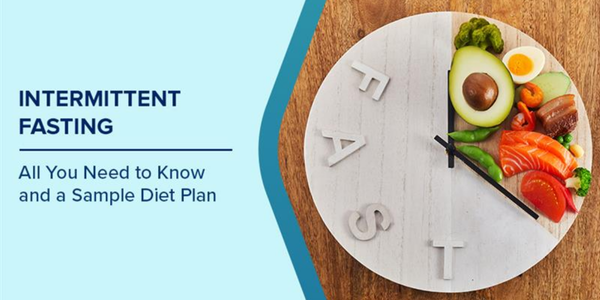Have you ever felt frustrated after trying countless diets, only to see little to no results? You’re not alone. The good news is—intermittent fasting (IF) offers a flexible, effective, and science-backed approach to weight loss that doesn’t require starving or strict calorie counting.
But here’s the secret sauce: your fasting schedule matters. In this guide, we’ll break down the best intermittent fasting schedule for weight loss, explain how it works, and help you choose the right plan for your lifestyle.
Let’s unlock the method behind the madness and empower you to take control of your health—starting today.
What Is Intermittent Fasting?
Intermittent fasting is not a diet, but an eating pattern that cycles between periods of eating and fasting. It focuses not on what you eat, but when you eat.
The goal? To give your body time to enter a fat-burning state, lower insulin levels, and improve metabolic health.
How Intermittent Fasting Helps You Lose Weight
-
Lowers insulin levels, making stored body fat more accessible.
-
Boosts human growth hormone (HGH), which aids in fat loss and muscle gain.
-
Reduces calorie intake naturally—most people eat fewer calories without counting.
-
Increases metabolic rate in short-term fasts.
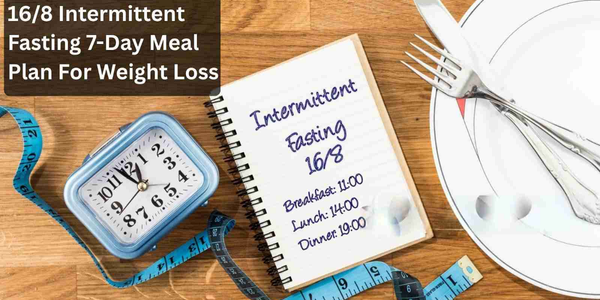
Choosing the Right Intermittent Fasting Schedule for Weight Loss
Not all fasting plans are created equal. Here’s a breakdown of the most popular schedules, including their pros, cons, and who they’re best suited for.
1. The 16/8 Method
Fasting Window: 16 hours
Eating Window: 8 hours (e.g., 12:00 PM – 8:00 PM)
This is the most popular intermittent fasting schedule, ideal for beginners and easy to sustain.
Benefits:
-
Simple and easy to follow
-
Fits most daily routines
-
Still allows two full meals
Best For:
People new to IF, those with consistent daily schedules, and anyone looking for sustainable fat loss.
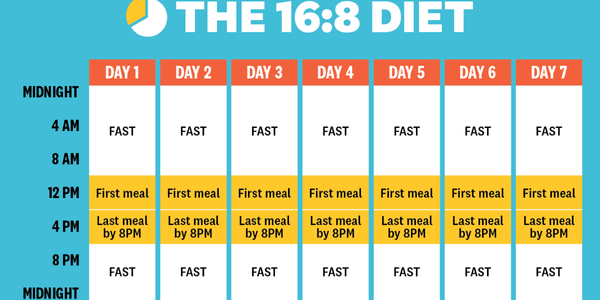
2. The 5:2 Diet
Fasting Days: 2 non-consecutive days/week
Normal Eating: 5 days/week
Calories on Fasting Days: 500–600
Instead of daily fasting, this plan restricts calories heavily on two days and allows normal eating on the others.
Benefits:
-
Only two days of restriction
-
Flexible and social-friendly
-
Scientifically backed for weight loss
Best For:
Busy professionals, parents, or those who want flexibility without fasting every day.
3. The Eat-Stop-Eat Method
Fasting Window: 24 hours, once or twice a week
You fast from dinner one day to dinner the next.
Benefits:
-
Powerful for breaking plateaus
-
Enhances fat-burning and insulin sensitivity
-
Simple concept
Drawbacks:
-
Can be difficult at first
-
Might affect energy levels
Best For:
Experienced fasters, or those with stalled weight loss progress.
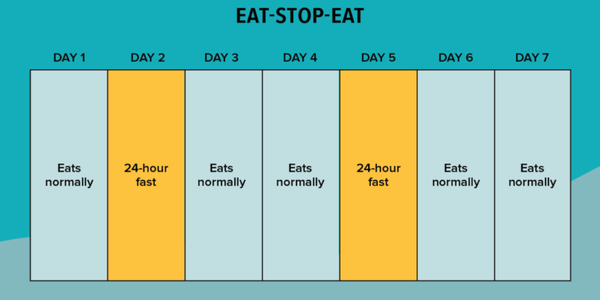
4. Alternate-Day Fasting (ADF)
Fasting Days: Every other day
Eating Days: Normal eating
Fasting Day Calories: ~500 or none at all
ADF is a more aggressive fasting style, effective for quick fat loss but harder to sustain long-term.
Best For:
Short-term results or people prepping for events like weddings or reunions.
Which Intermittent Fasting Schedule Burns the Most Fat?
According to research, the 16/8 and alternate-day fasting schedules tend to show the most consistent fat loss results for most people.
But here’s the catch: the best fasting schedule is the one you can stick to.
“Consistency trumps intensity. A moderate plan you follow for months beats an extreme one you quit after a week.”
Real-Life Intermittent Fasting Weight Loss Example
Meet Sarah, a 34-year-old working mom who struggled with baby weight for years.
She tried keto, low-fat, and calorie counting—nothing lasted more than a few weeks. Then she found intermittent fasting.
Sarah started with the 16/8 method, skipping breakfast and having lunch at noon. Within 8 weeks:
-
She lost 11 pounds
-
Reported more energy and fewer cravings
-
Improved her sleep and digestion
Her secret? She chose a schedule that fit her life, not the other way around.
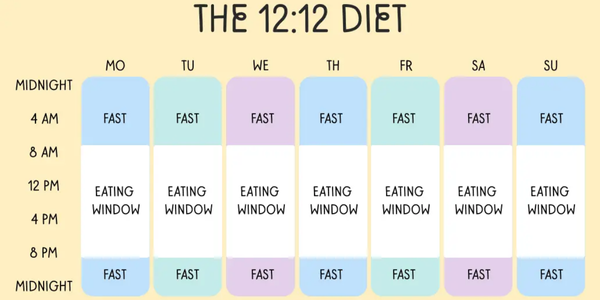
Tips to Succeed with Your Intermittent Fasting Schedule
Starting a new eating pattern can feel daunting. Here’s how to make it easier:
1. Start Slow
-
Begin with a 12-hour fast and increase to 14 or 16 hours over time.
-
Avoid jumping into 24-hour fasts without preparation.
2. Stay Hydrated
-
Drink water, black coffee, and herbal tea during fasting periods.
-
Dehydration can mimic hunger.
3. Eat Nutrient-Dense Foods
Focus your eating window on:
-
Lean protein
-
Healthy fats (avocado, olive oil)
-
Complex carbs (quinoa, brown rice)
-
Fiber-rich vegetables
4. Avoid Binging
Breaking your fast doesn’t mean binge eating. Keep portions reasonable.
5. Be Patient
Weight loss is not always linear. Hormones, stress, and sleep all play a role.
Common Mistakes to Avoid
Even the best intermittent fasting schedule can backfire if you:
-
Overeat during eating windows
-
Consume sugary drinks while fasting
-
Ignore sleep and stress
-
Expect overnight results
Fasting is a tool, not a magic wand. Pair it with healthy habits for best results.
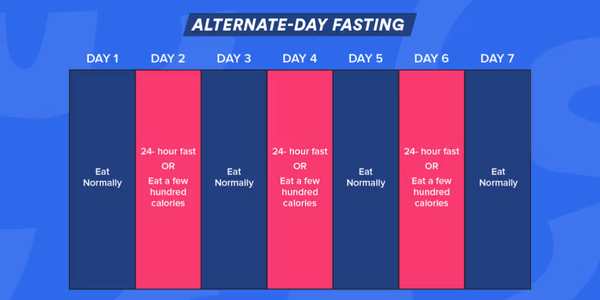
Intermittent Fasting Schedule by Lifestyle Type
Busy Professionals
-
Best Schedule: 16/8 or 5:2
-
Why: Fits office lunch hours and social weekends
Stay-at-Home Parents
-
Best Schedule: 14/10 to start
-
Why: Easier to manage with kids’ mealtimes
Fitness Enthusiasts
-
Best Schedule: 16/8 with workouts during fasting or right before eating
-
Why: Enhances fat-burning and lean muscle gain
Night Owls
-
Best Schedule: Eating window from 2 PM – 10 PM
-
Why: Aligns with natural late-night rhythms
Frequently Asked Questions (FAQs)
Is intermittent fasting safe?
Yes—for most healthy adults. However, it’s not recommended for:
-
Pregnant or breastfeeding women
-
People with eating disorders
-
Individuals with diabetes (without medical advice)
Can I drink coffee during fasting?
Yes—black coffee is allowed. Avoid sugar, milk, and creamers.
Will I lose muscle while fasting?
Not if you eat enough protein and include resistance training.
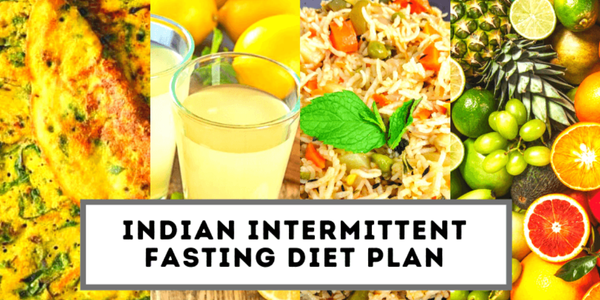
Final Thoughts: The Best Intermittent Fasting Schedule for Weight Loss
Intermittent fasting isn’t a one-size-fits-all plan. But with the right schedule tailored to your life, it becomes a sustainable and empowering weight loss strategy.
Here’s your roadmap:
-
New to fasting? Start with 14/10 or 16/8.
-
Want faster results? Try the 5:2 or alternate-day method.
-
Need flexibility? Mix and match based on your week.
Track your results, listen to your body, and stay consistent. That’s where the real transformation happens.
✅ Your Turn: Ready to Try Intermittent Fasting?
Which fasting schedule fits your life best? Drop a comment below and share your goals!
And if you found this guide helpful, check out our post on “Top 10 Fat-Burning Foods That Pair Perfectly With Intermittent Fasting.”
